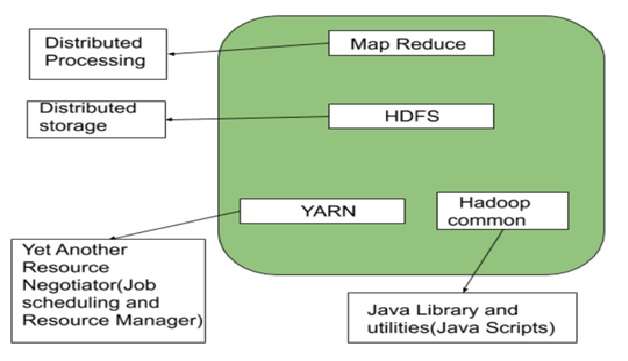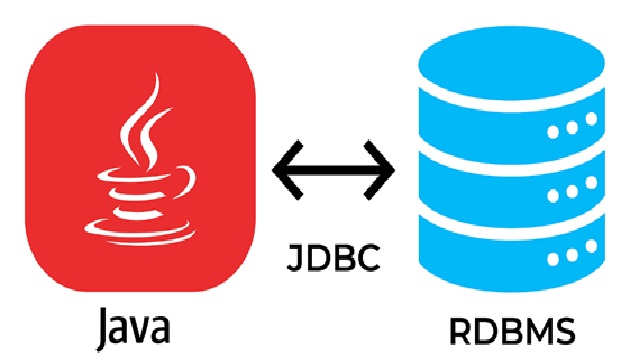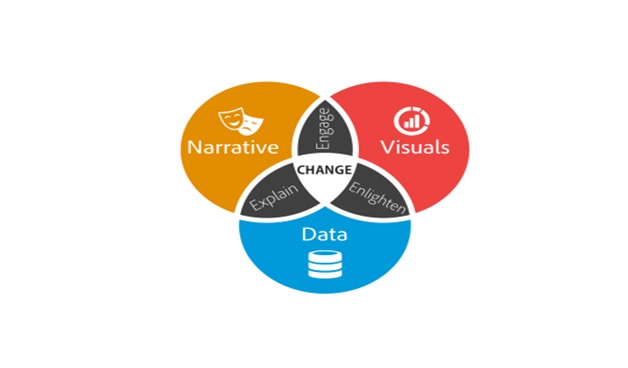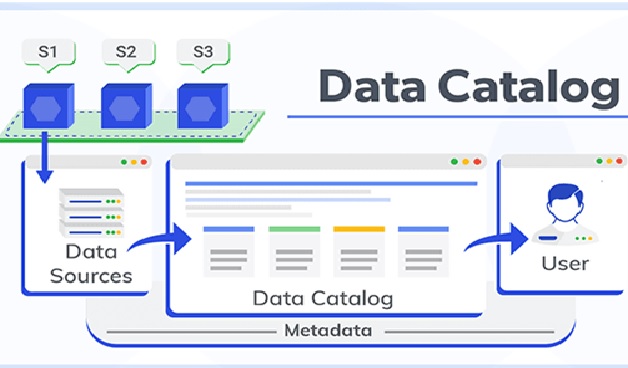Data Automation
Business intelligence topics wouldn’t be complete without data (analysis) automation. In the last decade, we saw so much data produced, stored, and ready to process that companies and organizations were seriously looking for modern data automation solutions to tackle massive volumes of information that has been collected. [1]

Figure. 1 Data Automation
Data automation involves programming data through machine learning capabilities, instead of utilising manual processes. It can transform your business with digital agility, to move at the speed of your business. Manual processes allow for time delays and human error, however optimising your data through automation, empowers your business to avoid down time and make valuable decisions automatically. [2]
FEATURES
- Easy User Management Enterprise wide
- Control Access to Data through Role Based Security
- User based Pre-filtering for Data Access
- Tokenised Access to External Databases
- Secure Socket Layer Encryption[2]
Advantages of Data Automation
Disadvantages Of Data Automation
- Automated tools cannot think and they require human supervision
- Too much automation can result in errors and oversights
- High-level automation solutions can be very costly and implementations are not always successful [3]
References:
- https://www.datapine.com/blog/business-intelligence-trends/
- https://www.oqlis.com/features/
- https://www.digital-adoption.com/business-analysis-automation/
Cite this article:
Sindhu.C (2022), Data Automation, AnaTechMaz, pp. 39















